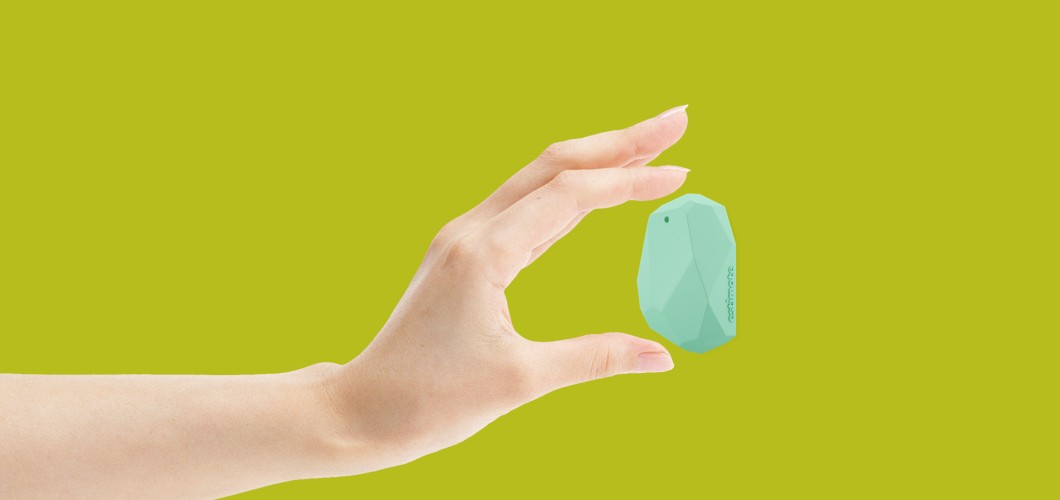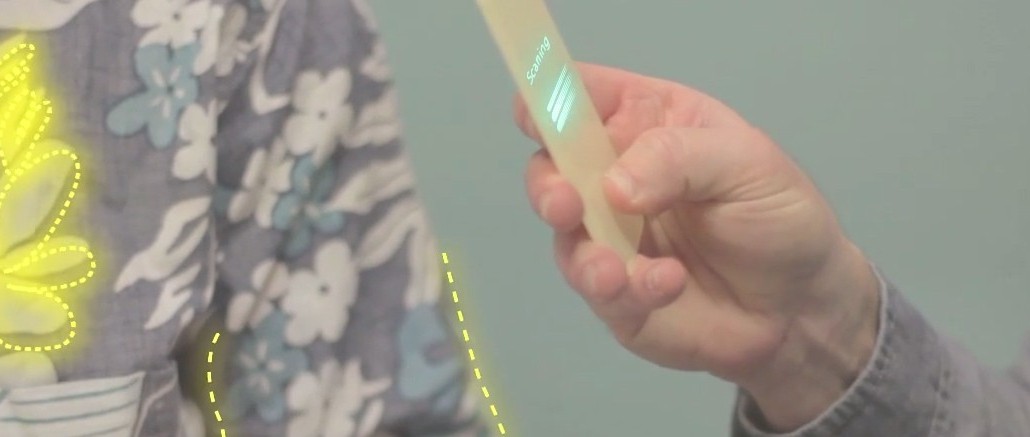The Internet of Things is right around the corner and web giants (as well as several other industries) are preparing for the shift. Once again, Apple is applying the strategy that worked best for them in the past. The Cupertino-based company knows that the public will more quickly adopt solutions that make their everyday lives easier over simple technology, no matter how cool it is. So being the first isn’t the priority; what’s important is linking technological innovation to a concrete purpose that will ensure greater adoption by individuals.
The notion of the “Internet of Things” has been in development for more than a decade and many technologies have been introduced during this time; for example, RFID chips and QR codes (both of which are still struggling to become a norm with consumers).
Since 2004, NFC chips (Near Field Communication) have appeared to be the best solution for facilitating communication between objects and networks. In choosing not to integrate this technology, Apple was seemingly behind the curve. Although its largest competitors have jumped on the wagon – Google, with Wallet and Samsung, with TecTiles – this technology still has not reached a critical mass with the public and app developers.
With Apple’s introduction of iBeacon in the new iOS, the pressing question has now become: Will Apple make NFC obsolete for consumer products?
Quick primer: iBeacon, beacon, BLE, Bluetooth 4.0
Before we go any further, let’s quickly define the terms:
BLE (Bluetooth Low Energy): This new technology for the Bluetooth 4.0 protocol has low energy consumption, allowing it to be always active on your mobile. BLE is rapidly becoming the norm for all devices using the Bluetooth protocol: telephones, tablets, cars and other connected objects, such as Nike FuelBand, Google Glass and even refrigerators.
Beacon: This is a transmitting device that runs on BLE technology. A beacon enables communication with other devices located up to several tens of meters away (a beacon can be compared to a wi-fi hotspot). When three beacons are installed in the same room, there’s a function that precisely micro-locates a user within a few centimeters. One company, Estimote, offers a nicely designed beacon for the relatively reasonable cost of 3 for $99.
iBeacon: Working on the BLE technology, this indoor positioning system from Apple is available on iOS 7 for iPhone (4S and higher). App developers have been using iBeacon since 2013. Apple further improved this system with the most recent iOS 7.1 update. Applications no longer need to be open for users to receive iBeacon notifications and alerts can now be viewed on the lock screen. Apple’s goal is clear: make technology as transparent as possible for users, who won’t have to manipulate their device as much when iBeacon is enabled (like taking out your phone to be scanned by a terminal).
By leveraging NFC’s strengths for data transfer, while also improving the micro-localization of GPS technology, the BLE/iBeacon duo offers significant advantages.
But what does it do?
When strolling through a museum, your phone can automatically display information about a painting as you approach the work of art.
If you’re lost in an airport while in transit, there’s an application that will guide you to the right boarding gate and even promote special deals in nearby duty-free shops.
With the success of quantified self applications such as Nike+ or Nike Fuel, it’s easy to imagine a gym that will one day provide users with detailed instructions as they approach a machine and update their personalized workout program along the way.
The first concrete applications featuring this technology appeared in the retail industry. A start-up, Shopkick, has launched a personalized promotions program in Macy’s stores and Apple is currently running tests in retail locations.”Geofencing”, an ultra-targeted technology that offers geolocalized coupons, and payment via app is becoming a greater reality with each passing day.
On the road to success?
So there’s no shortage of potential users for this technology. What we need is an ecosystem of related applications that will ensure the success (or demise) of iBeacon. Many studies have shown that Apple product users are the biggest consumers of apps – certainly more than Androids users. This fact motivates many app developers to prioritize iOS apps, thus giving Apple the advantage once more. Just look at Nike’s stance on Android apps.
Lastly, this technology also entails a broader discussion on security and privacy matters. This was actually a hot topic at SxSW this year. Consumers are increasingly aware of these issues and may decide that the perceived benefits of using a technology are not worth the risk it might pose to the safety of their personal information.
In an upcoming blog post, we’ll address how access to information is, in fact, the main challenge to full deployment of the Internet of Things.



